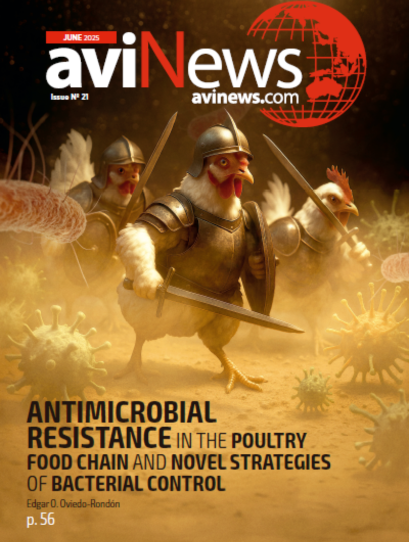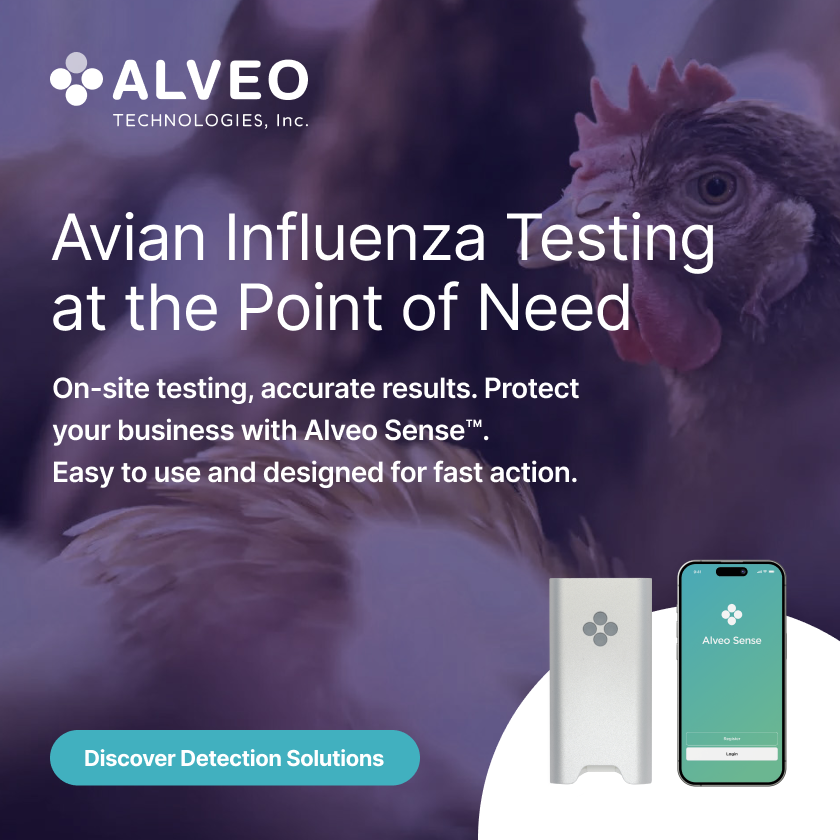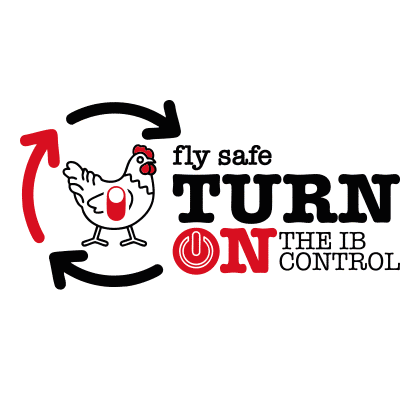QUESTIONS FOR GREG TYLER
AviNews International had the privilege of speaking with Greg Tyler, President and CEO of the USA Poultry & Egg Export Council. Mr. Tyler has a Bachelors and master’s degree in Agricultural Economics, with concentrations in Marketing from the University of Georgia. Prior to working for the USA Poultry & Egg Export Council (for the last 28 years), he worked for 4 years with USDA’s Foreign Agricultural Service in Washington D.C.
What is the USA Poultry & Egg Export Council about?
The USA Poultry & Egg Export Council (USAPEEC) stands as a non-profit, membership-based trade organization established by the industry with the sole mission of enhancing the global export sales of U.S. poultry and egg food products.
- Encompassing a broad spectrum, the Council advocates for virtually all poultry and egg food products, spanning chicken, turkey, duck, eggs, game birds, and their associated processed derivatives.
- Established in 1984 through a grant from the Southeastern Poultry and Egg Association, USAPEEC gained independent status in 1985.
- Guided by its member companies, the Council provides an array of services and advantages to industry members.
These include acting as an information hub, conducting market research and facilitating foreign market access, engaging in advertising and promotional activities, offering trade servicing and leads, organizing educational programs, coordinating trade contacts and meetings, providing sales data, and fostering the positive image of U.S. poultry and egg products.
It is important to note that all activities undertaken by the Council are export-focused, with no involvement in domestic promotional initiatives.
Tell us about the role played by the poultry sector in the USA
The U.S. poultry meat industry, a cornerstone of American agriculture, has established itself as a global leader, consistently exceeding expectations in both production and meeting evolving consumer demands.
- Over the past 30 years, the industry has made significant investments in advanced production and processing technologies, aligning with market expectations for product variety, quality, and affordability.
- This investment has cemented poultry meat as the primary protein source in American diets, with chicken and turkey becoming household staples.
- Similarly, the egg industry has adapted to consumer preferences, positioning eggs as a versatile and nutritious option in a variety of culinary applications.
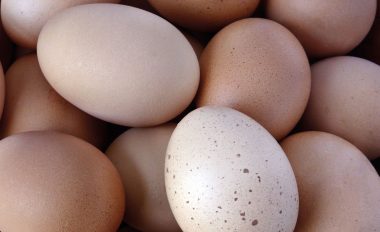
Growth in the U.S. poultry and egg sectors is fueled by a rising global population, changing dietary habits, and increasing awareness of the health benefits of protein-rich foods like poultry and eggs. These factors have not only driven domestic consumption but also bolstered the industry’s role in global food security.
As a result, the U.S. poultry sector is a key player in global markets, consistently achieving commercial success while contributing significantly to the global protein supply.
What are the USA Poultry & Egg Export Council’s main objectives and priorities for the coming years?
USAPEEC’s strategy blends a standardized global approach with localized strategies to diversify target markets, establish a strong marketplace, and promote sustainable growth. Ongoing assessments and adaptations will ensure the strategy aligns with changing market dynamics and evolving consumer preferences.
- This approach aims to maintain the U.S. poultry industry’s position as a trusted and preferred choice in global markets, even as competition intensifies.
USAPEEC’s strategic planning includes objectives to improve market access, increase awareness of the health, safety, and economic advantages of U.S. poultry products, and expand trade relationships.
- Through continued market research, product development, technical seminars, and promotional efforts, USAPEEC is well-equipped to guide the U.S. poultry industry’s future success.
What challenges does the American poultry industry currently face?
The U.S. poultry industry has faced significant challenges due to HPAI outbreaks in recent years. These outbreaks prompted several major trading partners to impose bans on U.S. poultry imports, severely disrupting trade.
- However, USAPEEC has worked closely with the USDA Animal and Plant Health Inspection Service (APHIS) to establish regionalization agreements with trading partners, limiting import bans to specific states or counties affected by avian influenza, rather than implementing nationwide bans. This has significantly mitigated the impact on U.S. poultry exports.
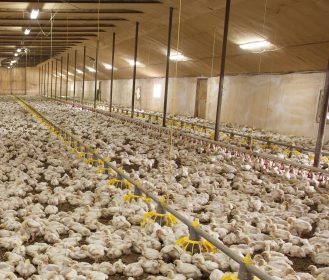
What initiatives or programs does the USA Poultry & Egg Export Council promote to foster research and development in the field of poultry farming?
Our organization does not do research on production practices. This is instead handled by our sister domestic organizations like the US Poultry and Egg Association (USPEA), the National Chicken Council, the National Turkey Federation and the United Egg Producers.
What is the situation in the USA regarding Avian Influenza?
Avian Influenza continues to be the major threat to growth in the US poultry industry and for that matter, the global poultry industry.
Finally, how do you see the issue of antimicrobial resistance in the American poultry industry?
The United States Department of Agriculture (USDA) is responsible for protecting American agriculture and the American food supply. One of the many ways USDA does this is by addressing antimicrobial resistance (AMR).
- The USDA AMR Strategy identifies priorities in the terrestrial and aquatic food and agriculture sector to accelerate our understanding of and minimize the risk from AMR.
For more information, please see the link from USDA:



